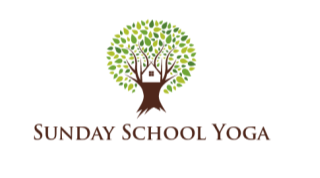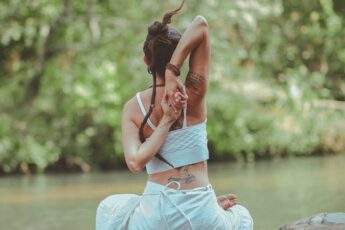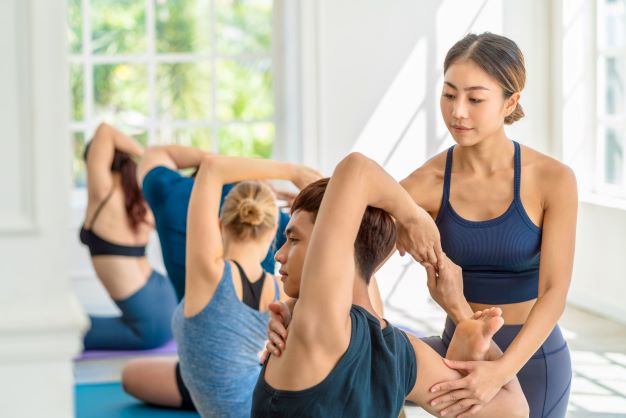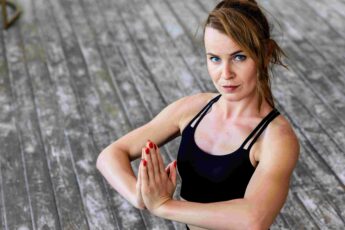What Do You Learn in a Yoga Class?
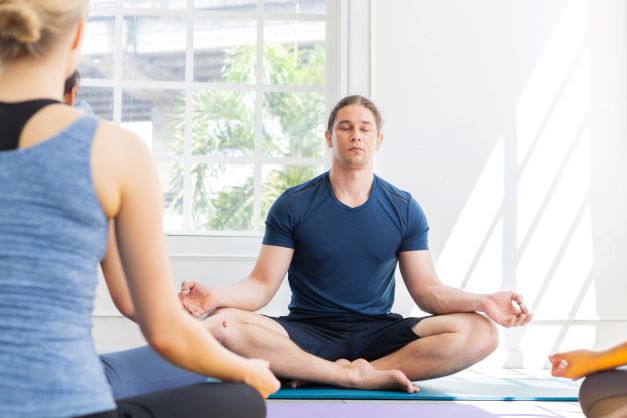
Yoga is more than a group exercise; it’s also an emotional and social experience.
That’s why it’s important to find a class that’s right for you, whether you’re new to yoga or have been practicing for years. There are many styles and types of yoga. Each style focuses on different elements, such strength or flexibility.
Relaxation
Yoga is often considered to be one of the best forms exercise. It is an effective way to reduce stress and improve physical fitness, and it can also help with chronic conditions such as arthritis.
A variety of relaxation techniques may be used in yoga classes to help you relax your body and mind. These include sitting in passive yoga for extended periods of time, meditation, and breathing exercises.
Relaxation techniques can be used to ease minor injuries, stress-related issues like anxiety, tension, headaches, and high blood pressure, as well as pain from sleep problems such as difficulty falling asleep or high blood pressure. It can also help with psychosomatic conditions, which are symptoms that are triggered emotionally.
Relaxation techniques that are most commonly used involve a person contracting and relaxing every muscle in their body until they feel a decrease in tension. It can be done either consciously or subconsciously and is a great way reduce stress and anxiety.
Another type is the “progressive muscular relaxation” technique. It involves you tenseing every muscle group in your body, then slowly releasing tension until you feel it is gone. The technique is simple to learn, and it can be used as a way to relax the body or a tool for releasing physical tension.
You can learn these techniques in group yoga classes, at home with a yoga video, or in a private yoga session with a qualified teacher. It is a great way to reduce stress and can be incorporated into any yoga practice at any time.
In the beginning of a class, a teacher will usually start by giving you instructions on how to use the relaxation props you’ll need. These may include bolsters, blocks and blankets to support various parts of the body.
During the course of the practice, you may be asked to lie down on your back and focus on your breath. You might be encouraged to make a series groaning or moaning sounds. This can help release tension.
Strength
While flexibility is the most important aspect of a yoga practice and the most sought-after, strength is also an important aspect of a class. Research suggests that a 12-week-long yoga intervention can significantly increase muscular strength and flexibility.
In yoga, strength is achieved through isometric (holding a muscle contraction) exercises, which are common throughout the practice and are effective in building core strength, arm strength, and leg strength. However, like any other form of exercise, you must understand the principles that underpin the practice to effectively build your strength in a safe and efficient way.
For strength-building in Yoga, it is best to start slow and build up gradually. Overloading too much or underloading too little can result in injury, so it’s important to find the balance between adding load based on your own body’s strength and conditioning level and your individual goals.
Regardless of the style you’re practicing, you can always work on your strength by increasing the duration of each pose and the number of reps. Iyengar Yoga for example, which emphasizes longer hold times in challenging poses, has been shown to help build strength and endurance.
Forrest Yoga is another way to build strength. This style often uses props in order to make poses more difficult. Longer holds can also help you connect your movements better with the rest of your practice, boosting your strength and coordination overall.
To further increase strength and mass, you can add weights to your yoga practice. Yoga teachers and practitioners are realizing the benefits of cross training by using resistance bands or kettle-bell exercises to add more ‘pulling actions’ to their yoga sessions.
As a yoga teacher, you must teach your students how strength applies to their yoga practice. Students of all levels will find it invaluable to have clear, concise instructions and examples.
Flexibility
Flexibility is the ability of a joint or grouping of joints and muscles, to move through a range without being restricted by pain. Flexibility is important for many reasons. It prevents injuries, improves posture and balances, reduces soreness and more.
It’s also a very important part of physical fitness, so it’s important to practice flexibility exercises regularly and consistently. You should know what type of flexibility you need and then do your best to achieve it!

There are different types of flexibility, including dynamic flexibility and static stretching. Dynamic flexibility is the type of flexibility you use to warm up for an activity or class. Static stretching is more therapeutic and corrects muscle imbalances.
Walrod explains that static stretching is a form strength training. It involves moving to the end of a joint’s range of motion and holding it there for between 15-30 seconds. This is an efficient way to stretch your muscles as it requires less energy than active flexibility.
To avoid injury to your ligaments or tendons, you need to know how to control your ranges of motion while doing stretches. This is especially important for yoga poses that require you stretch your body and keep your body in a stable position.
Start with the basics of yoga to increase your flexibility, especially if you’re just starting out. These stretches don’t take long to do, but they need to be done on a regular basis to get the most benefit out of them.
It’s a smart idea to measure your progress every time you do your stretches when you’re just starting out. This will allow you to track your progress and see how far it has taken you!
Everyone has a different level of flexibility, so it’s important to start slow and be consistent. It is a good idea, however, to keep an eye on your body and consult your doctor if there are any problems with your flexibility.
In addition to increasing your flexibility, a yoga practice can also help you relax and calm your mind. By focusing on breathing and stretching your muscles, yoga can help you feel better and reduce stress. It’s a great exercise, suitable for all ages.
Community
Yoga is a practice that can help you build a community. Yoga can help you create connection and unity, no matter if you’re doing it with friends, in a class, or online.
When we think about what community means, we often picture groups of people who have similar interests or values, and who come together for a common purpose. This type of community can have a profound impact on your life and yoga practice.
Yoga to me means being able share what I have learned with others. This can be as simple or as complex as learning a new position, or even a deeper understanding about the body’s functions. It can also be as complex as how I interact with my community or how I hold space for them.
Having a community can be a great way to deepen your yoga practice and get the most out of your classes. However, it is important to remember that it can be challenging to build a community.
First, remember that everyone has their own starting point. This means that your class might not be ideal for everyone. Remember that you can’t please everyone in a single yoga class. However, you can adjust your level to accommodate their individual needs and expectations.
Treat your online students just like you would in the studio. Be sure to make the time to spend with them. This could mean being available early and staying late to answer their questions and concerns. It can also include asking them if they have any injuries.
This can be a great way of building rapport with your students, and inspiring them to continue attending your classes. They will also be able to meet you outside the studio, which will increase their likelihood of recommending your classes.
Creating a community online can be a challenging, but rewarding, part of your teaching career. It can help to expand your reach, connect with more people, and grow your company.
